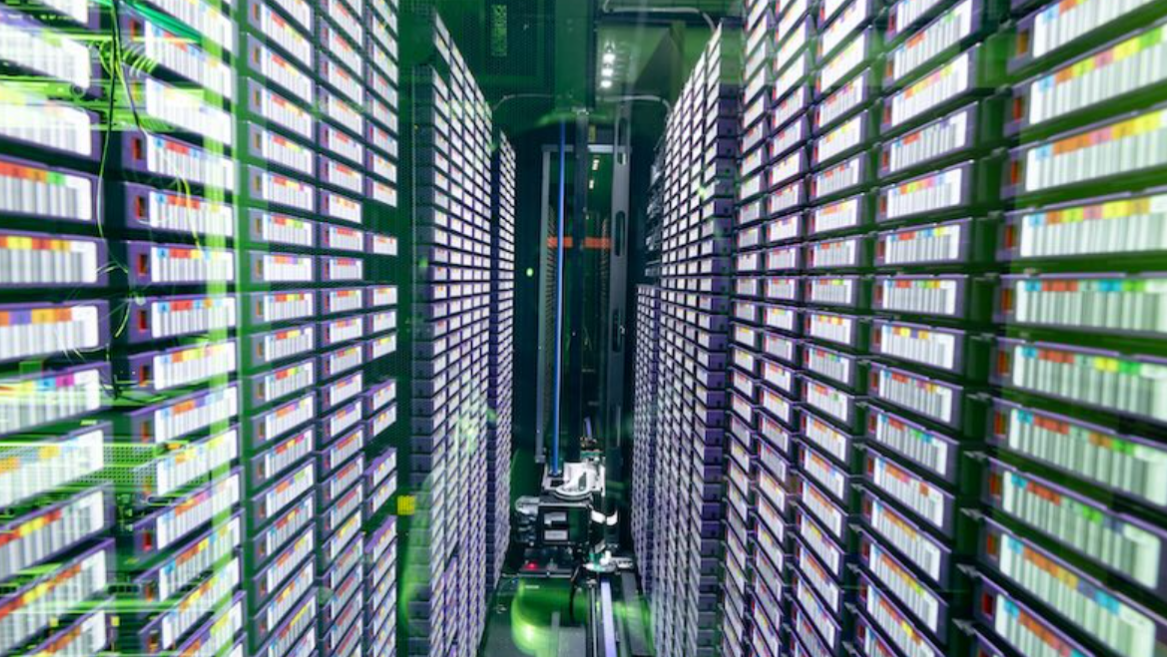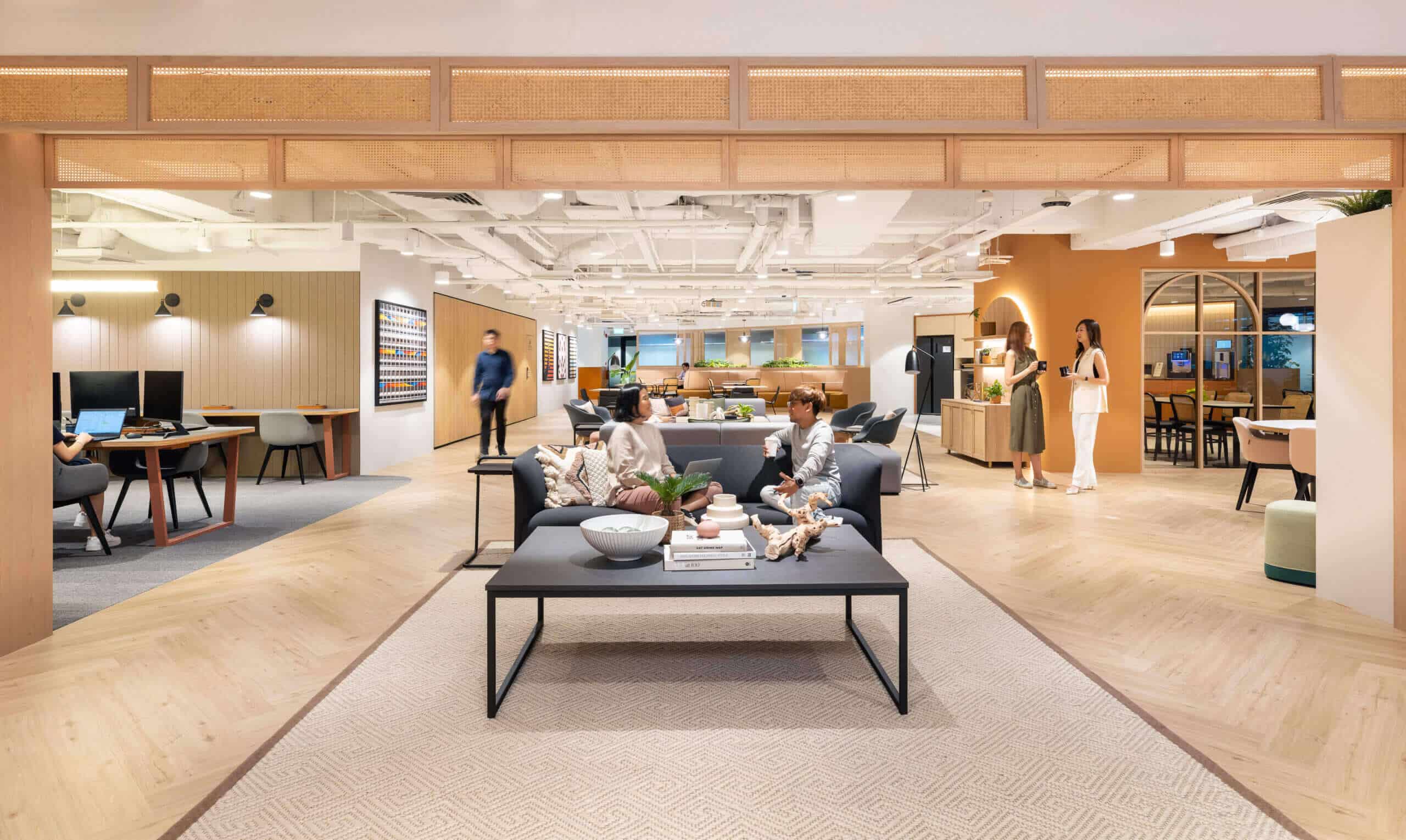Hyperscalers will decide Australia’s data centre future, not the renewable energy sector

Much is being made of Australia’s potential as a home for data centres, but the industry may not be as much of a lock as people in the renewable and transmission businesses would like us to believe.
That decision rests in the hands of the AI hyperscalers Amazon, Microsoft, Google, Apple and Meta as to whether they buy the Australia-as-link-to-Asia opportunity, says Quinbrook managing director David Scaysbrook.
“[About] 40-50 per cent of the entire market, we’re talking about five hyperscalers, they’re the ones that are not only the biggest purchasers of renewable energy on the planet but they’re the ones driving this predominantly,” Scaysbrook said at the Australian Clean Energy summit (ACES) last week.
“So it’s the decisions they make about where they locate their [AI] training, where they decide to locate it.”
Australia does have a thriving data centre industry that is projected to more than double in the next five years, but it’s the AI data centre industry that everyone is watching as these are where the biggest demand comes from.
Quinbrook is behind the Supernode data centre, a whopping 750 megawatt (MW), 2.54 gigawatt-hour (GWh) battery complex near Brisbane that will support a co-located data centre that can hook into the international fibre optic cable that lands on the Sunshine Coast.
Scaysbrook is looking at AI training, others such as NextDC’s Shayne Kumar are looking at AI inferencing — the processing needed when someone asks a question of, says, ChatGPT — as the big opportunity for Australia.
How to beat America?
Australia’s benefits lie in its proximity to Asia, its participation in the Five Eyes spy network, and strong data sovereignty laws.
But electricity pricing is likely to becoming a big motivating factor given the size of the loads needed for AI data centres.
Data centre consultant Andrew Walton says the cost-per-kilowatt power or rental charge has been dropping as operators compete for hyperscaler business.
“They’re the ones that decide whether the data centres live or die,” he says.
Pricing is also one of the few areas where Australia can compete with a newly resurgent US, supercharged by an executive order in late July knocking over permitting barriers and opening up federal funding, and the $500 billion AI initiative Stargate last year.
The primary drawcard is likely to be using Australia as a jumping off point for Asia, Scaysbrook says.
And if one does decide to set up an AI data centre here, it will dictate norms across the whole industry.
Given the competition between the major AI companies, they all have different ways they want centres set up right down to different levels of power intensity.
“As we then start to move more into AI, it becomes far more proprietary, far more exclusive, far more confidential. You’ve got Amazon competing with Microsoft, let’s say in AI services and developing their own proprietary chips,” Scaysbrook says.
“Increasingly, they’re trying to project what their share of market is going to be, but they want their own dedicated data centre… But one hyperscale [configuration] is very different to the others and so they differ in their power intensity.
“A Meta data centre is very different to an AWS or a Google. So that, depending on who decides to host in Australia, will also then decide power intensity and therefore what’s needed.”
The 6% forecast
Australia’s data centre capacity today is about 1.3 gigawatts (GW), says Morgan Stanley analyst Rob Koh.
He’s forecasting it to reach 3.2 GW in 2030 with a capacity factor of 15 terawatt hours (TWh).
That’s 6 per cent of electricity demand in the National Energy Market (NEM) under the Australian Energy Market Operator’s (AEMO) previously titled ‘progressive change’ in its Integrated System Plan (ISP).
Koh’s estimate matches AEMO’s latest work, released last week.
AEMO is estimating data centres will use 4 TWh, or 2.2 per cent of total demand, in fiscal 2025 in its 2025 Inputs, Assumptions and Scenarios report.
The market operator is factoring in data centre energy consumption increasing by an average of 25 per cent year-on-year, reaching around 12 TWh by 2029-30.
Energy sector circling
As Renew Economy has reported in the past, the energy sector has big plans for a data centre industry, but they’re plans the data centre industry may not be keen on.
Transgrid CEO Brett Redman is hoping to tap into the “topline” growth opportunity and particularly data centre clusters which need multiple connections to the grid.
“If you were a business and I had a whole bunch of multi-billionaire customers hanging out [the front of] the shop, you’d go out with your arms around and shepherd them in, give them a cup of coffee and get them to sign up,” he told the ACES conference.
“In our network we have connection inquiries… of about 10 GW. We are now actively progressing applications of about 4 GW.”
And AEMO is looking at how data centre operators can be incentivised to deliver flexible demand.
AEMO’s Hannah Heath says there are 150 data centers in Australia today and they’re thinking about what might encourage those to be part of a “solution base” when it comes to managing increasing load.
And both AEMO and the Australian Energy Market Commission are looking at how data centres can be managed to avoid a worst case scenario as happened in Virginia in July last year.
In the so-called Data Centre Alley in Virginia 60 data centres tripped and switched to backup power but some didn’t immediately rejoin the grid, causing operators to rapidly shut down some generators to avoid a massive flow of energy into the network.
“I you understand that a certain asset is going to trip under certain conditions and disconnect from the grid, then how do you then plan to manage those contingencies?” Heath said during the ACES conference.
“And what do you need, whether it be, you know, frequency response or balancing or voltage control, or whatever those systems security services are, in order to manage those short term balances, as well as managing that supply and demand?”
Redundancy is for customers, not AEMO
But all of these plans may be overwhelmed by the demands made by the hyperscalers and the contractual requirements that data centre operators must sign up to win business.
The core service that data centres are selling is a safe environment for servers, and there are heavy penalties written into contracts for not hitting a 99.999 per cent service level, says Walton.
It leads to a business model that builds in a lot of energy redundancy, such a having more than one feeder line from the grid when only one is regularly used, multiple connections into the data hall itself, both so if one fails the other can step in.
But that redundancy isn’t available for AEMO to use, it’s for the customers.
“In the data center that we have in Sydney, you get the call from the retailer saying would you like to participate in demand response? We know you’re not taking your full name plate capacity, so at the very minimum, you’ve got something above which you take, on average, to participate in demand response,” Walton said at ACES.
“And you go and you speak to your engineers, and because it’s so written in the coding of the industry to protect the data hall, with their lives if necessary, they say no, the surplus that we’re not using is the backup to the backup.
“Literally, here’s an extra revenue source for the business that we can use to pay small bonuses and whatnot. But the engineers said, no, it’s just too risky to even accept that amount.”
More information: https://reneweconomy.com.au/hyperscalers-will-decide-australias-data-centre-future-not-the-renewable-energy-sector/


